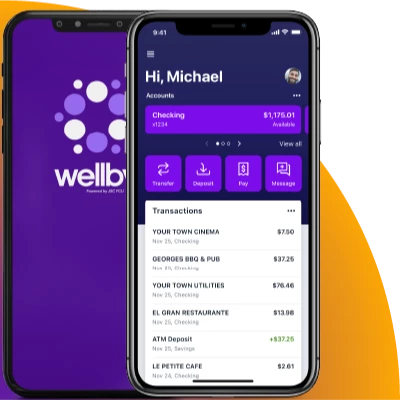February 6, 2025 | by Brian Truong

How to Save for a Home Down Payment
July 2, 2024
By Brian Truong
Saving for your home down payment is the first step toward the dream of becoming a homeowner. With careful planning and the right savings account, you can turn any margin in your monthly budget into a growing nest egg ready to be invested in your first home. We have designed this guide to provide useful, actionable strategies and tips you can use to build your savings account and navigate the process of saving for a down payment.
Setting Your Down Payment Goal
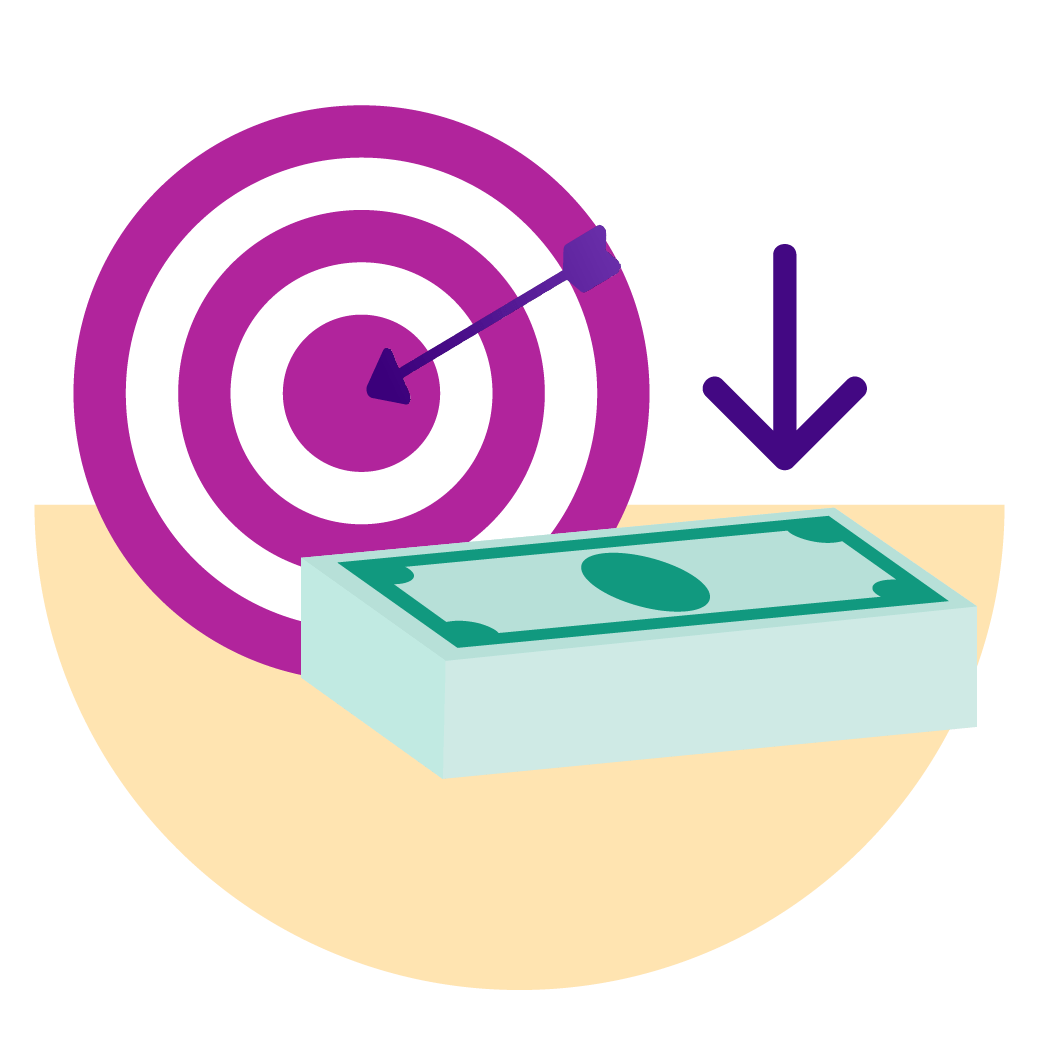 The first step is to establish your down payment goal. Setting a specific down payment goal allows you to measure your progress and begin planning your home purchase as the number draws closer.
The first step is to establish your down payment goal. Setting a specific down payment goal allows you to measure your progress and begin planning your home purchase as the number draws closer.
Your savings goal should be based on your target home price and your desired loan-to-value ratio. This allows for a high down payment amount and other out-of-pocket expenses like closing costs and moving. Different loan types have different down payment requirements.
Loan to Down Payment Ratios
- Standard Mortgage: 10-20% down payment
- FHA Loan: 3.5% down payment
- VA Loans: No minimum downpayment, 1.5-3.3% funding fee at closing
- USDA Loans: No down payment requirement, guarantee fees
Closing Costs
Expect to pay 6-10% in closing costs.- Real estate commission
- Title fees
- Inspection costs
- Loan fees
Assessing Your Current Financial Situation
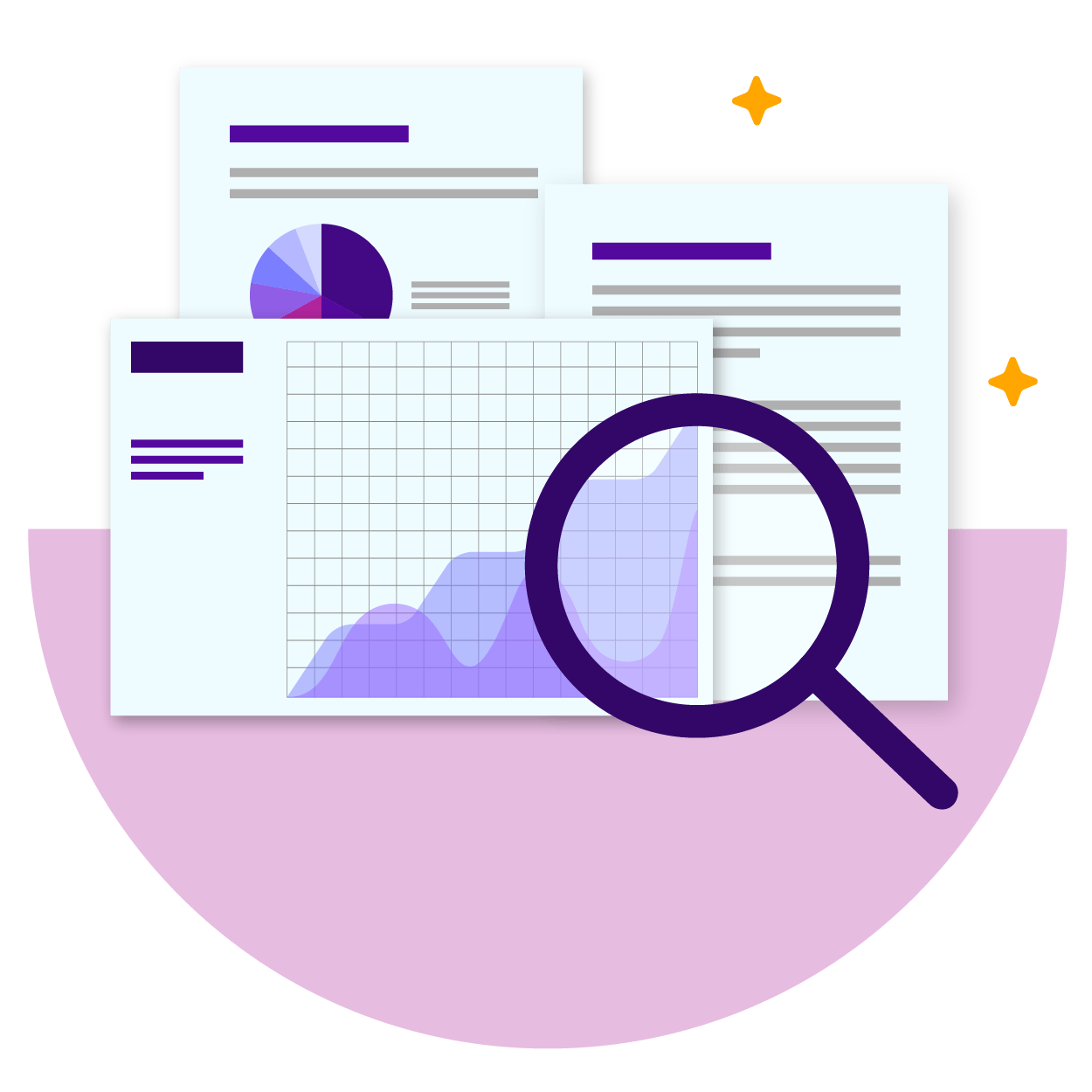 As you prepare to save, take stock of your current finances and how to improve them. Saving for a house usually takes a few years, so this is the perfect opportunity to brush up on your credit score and existing debts before you buy your first home.
As you prepare to save, take stock of your current finances and how to improve them. Saving for a house usually takes a few years, so this is the perfect opportunity to brush up on your credit score and existing debts before you buy your first home.
Factors to Consider:
- Your credit score and the details of your credit report
- Current income vs expenses
- Optional spending you could reduce
- Debts to pay off or resolve
- Expected expenses in the next few years (ex: tuition, medical procedures, vacations, etc.)
- Margin for saving with your current budget
Reviewing your financial standing can help you set realistic savings goals based on the money you can set aside. You may identify opportunities to reduce spending, address debt, and increase your credit score to benefit your home-buying goal.
Creating a Budget and Savings Plan
 With a clear view of your finances, it's time to make your plan. Begin on your journey in saving your down payment amount.
With a clear view of your finances, it's time to make your plan. Begin on your journey in saving your down payment amount.
Start by Mapping Your Current Budget
Note your income and then tally up your monthly spending. Use transaction records and digital receipts to help you keep track of everything you spend on.
Determine How Much You Can Save
Subtract your spending from your income to determine your saving margin.
Identify Opportunities to Save
- Cancel subscriptions you don't use
- Block recurring charges you don't recognize or remember
- Cut back on optional spending
- Switch to more affordable brands
- Buy supplies in bulk
Save What You Don't Spend
Congratulate yourself on skipping extras by putting what you don't spend into your down payment savings account. Gain satisfaction by watching your goal approach faster.
Prioritizing savings and making a few lifestyle adjustments can accelerate your savings progress, bringing your dream ever closer to reality.
Exploring Down Payment Assistance Programs
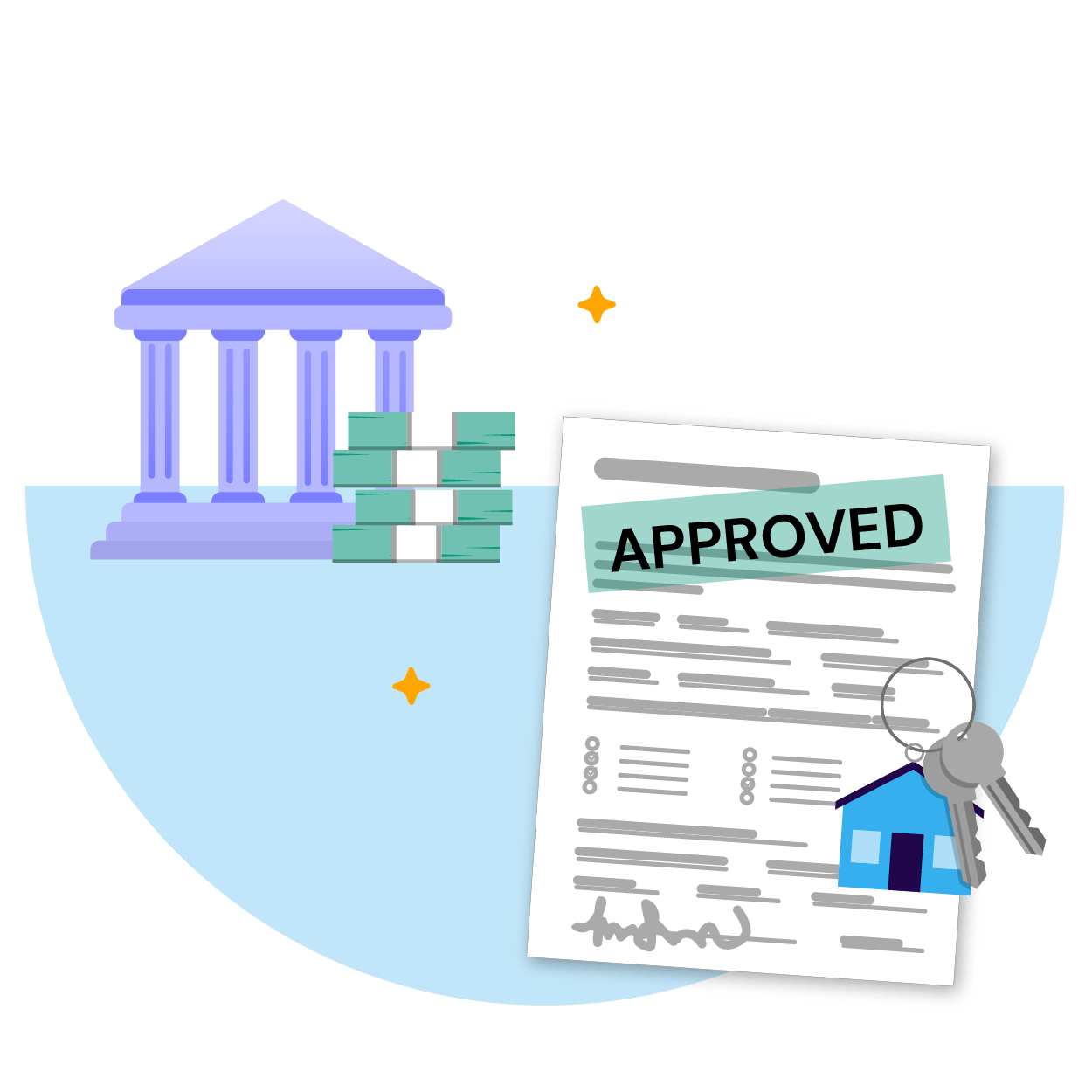 You may not need to provide the whole amount of your first down payment. First-time home buyers often qualify for a down payment assistance program. These programs can help you cover your down payment costs to make homeownership more accessible.
You may not need to provide the whole amount of your first down payment. First-time home buyers often qualify for a down payment assistance program. These programs can help you cover your down payment costs to make homeownership more accessible.
Providers of down payment assistance programs include:
- State and federal government agencies
- Non-profit organizations
- Employers
Explore available down payment assistance programs based on where you want to buy a house. You will want to research eligibility and go through the application process. Each program will have its own available resources to enhance your access to down payment assistance.
Maximizing Savings Opportunities
 Several strategies and resources can increase the power of your savings. Maximize your savings potential by helping yourself consistently set aside part of your budget and by enhancing the amount you can save.
Several strategies and resources can increase the power of your savings. Maximize your savings potential by helping yourself consistently set aside part of your budget and by enhancing the amount you can save.
Automated Contributions
Skim your savings off the top of each paycheck automatically. Automated contributions ensure that you always remember to save and don't accidentally spend your savings before you can set it aside. Set up automated savings with your bank.
Windfall Savings
If you get a windfall, a sudden extra amount of cash, save most of it to further your dream of home ownership.
Reduce Discretionary Spending
Look for opportunities to reduce your spending to save faster on your current income.
Pursue Career Opportunities
Saving for your first home is a great motivator for your professional ambition. Working toward raises and promotions can increase your income and your ability to save.
High-Yield Savings Account
Choose a high-yield savings account for your down payment savings. High-yield means that the savings account offers a high interest rate and will pay you back a percentage of what you have accumulated each year.
Establish an Emergency Fund
Set aside a separate savings account to act as your emergency fund. Plan for unexpected expenses to prevent the need to drain your down payment savings in a financial emergency.
Exploring Alternative Income Sources
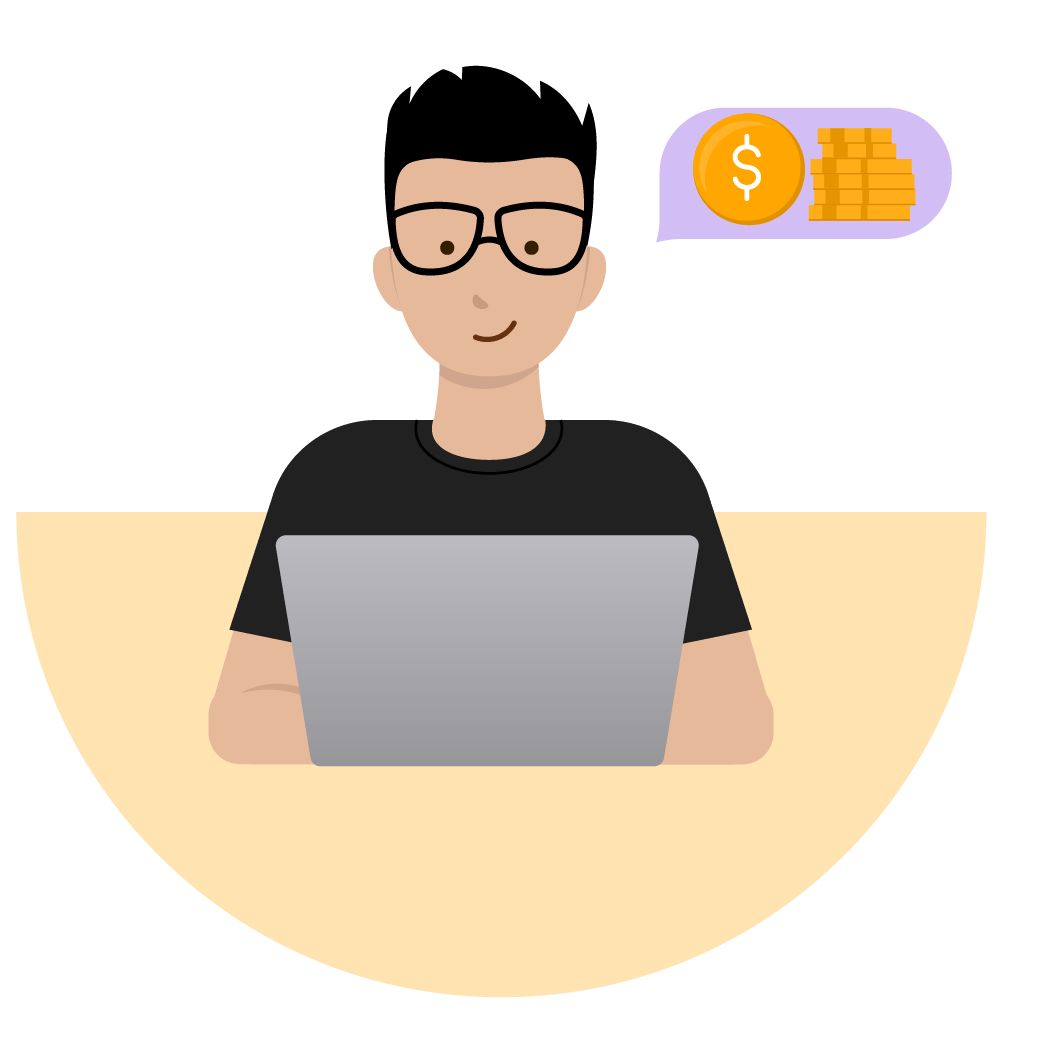 If you want to save faster, you can also look into alternative ways to earn money. You can turn your hobbies or free time into an income opportunity. Leverage your skills and resources to generate additional income streams and accelerate your down payment savings.
If you want to save faster, you can also look into alternative ways to earn money. You can turn your hobbies or free time into an income opportunity. Leverage your skills and resources to generate additional income streams and accelerate your down payment savings.
Freelance work
- Virtual Assistant
- Writing
- Graphic art
- Web development
- Consulting
Gig work
- Driving and delivering
- Local handy tasks
Monitoring Progress and Adjusting Strategies
Tracking your progress is one of the most satisfying parts of your down payment savings goal. You can watch that number increase monthly and see your dream getting closer. But monitoring is also a chance to adjust your strategies to save faster.
Regularly monitoring your down payment savings allows you to update your strategies as needed and as your circumstances change. It's important to stay motivated. Remember to celebrate your milestones and remain flexible and adaptive as financial circumstances will evolve over time.
Start Saving for Your First Home
Diligent saving habits, strategic planning, and choosing the right financial partners are essential when buying your first house. Saving for your down payment is a long journey but one with milestones to celebrate along the way.
Related Topics
Brian Truong was born in Canada (cool, eh?) and grew up in Sugar Land, Texas. Brian has over 12 years of SEO and marketing experience in a wide array of industries, including finance and real estate. When he’s not flexing his SEO and web development superpowers, he enjoys video games, anime, horror movies, and spending time with his cat, Chi.
Related articles you might like
December 23, 2024 | by Brian Truong
Budgeting 101: Comparing Fixed and Variable Costs
December 12, 2024 | by Brian Truong





